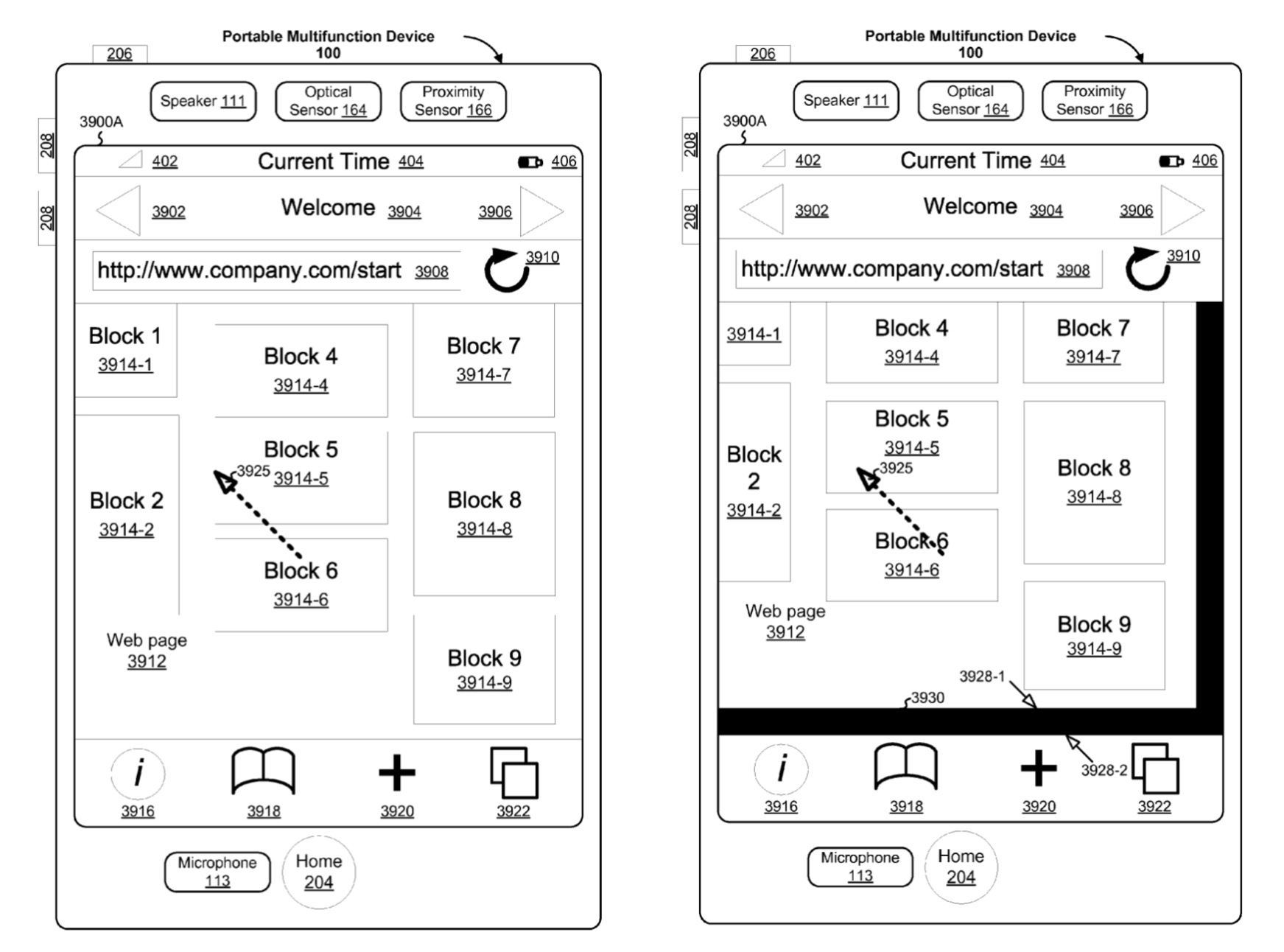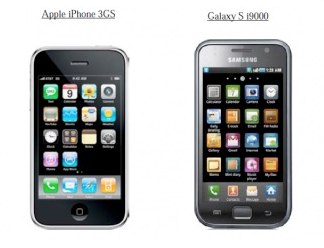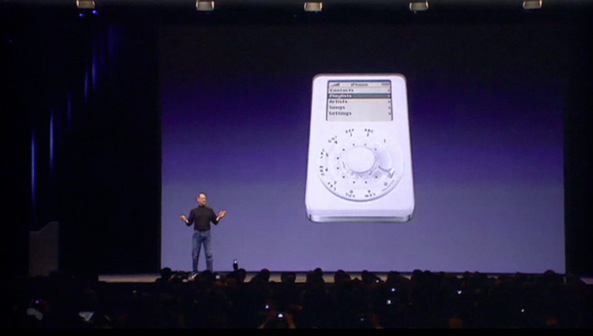
As you know, Judge Lucy Koh shaved more than $400 million off the $1.05 billion verdict in the much-publicized Apple vs. Samsung case that took place in August 2013 over patented iPhone technology. The South Korean chaebol admitted to lifting Apple’s inventions, but the jury improperly calculated damages on certain Samsung products, prompting Koh to order a partial retrial in order to re-calculate the remaining damages.
Although Apple is already entitled to more than $500 million in damages (with patent rulings being upheld as well), the company is now demanding an additional $379 million in pending damages over patent infringement and lost sales. Samsung, on the other hand, argues it owes Apple no more that a rather meager $52 million for iPhone patents and design features…
Ina Fried has been covering proceedings the whole morning for AllThingsD (here andhere) and basically Samsung said Apple shouldn’t be allowed to patent pretty phones.
Samsung lawyer Bill Price said in closing arguments that “Apple has tried to mischaracterize these patents so they are the iPhone,” remarking that Apple’s patents“are not as broad as they come in here saying”.
He was referring to the famous Steve Jobs rubber-banding invention, filed as a U.S. Patent No. 7,469,381, which covers an iPhone feature that bounces back the screen when the user scrolls to content edges.

Here’s another quote:
Competitors are always looking at rival products to see ‘Where are we lagging?’ Apple does the same thing.
When it came turn to Apple lawyer Bill Lee said to present his client’s closing argument, he opened by saying that both Apple and Samsung agree that the latter sold 10.7 million infringing phones during the time at issue in the case.
These sales have generated $3.5 billion in revenue and Apple thinks it’s entitled to ten percent of that sum, which works out to about the $379 million that Apple is demanding:
No one is trying to take all of their revenues away. We have asked for approximately 10 percent of what they collected for infringing our products.
Apple’s math takes into account a portion of Samsung’s profits on infringing products, a portion of profits it lost due to infringement and a reasonable royalty for utility patents. The Apple lawyer then presented the famous image (see top of post) depicting what Samsung phones looked like before and after the iPhone:
“Documents don’t lie,” Lee said. “In some ways our best witness is Samsung”.

Lee made a point of reminding the court that Apple’s SVP of Worldwide Marketing Phil Schiller took the witness stand while Samsung brought no executives from Korea to appear in the case:
Samsung brought you no one to explain how they develop their products and why they developed them in an infringing way. Apple sat in those rooms and they invented. They took an enormous risk.
Last Friday, Schiller testified that the iPhone was a “bet the company” product because“we were going to invest all these resources, financial as well as people, in creating this product”. Had it failed, the project could have destroyed Apple as other product lines would get delayed.
The management was especially concerned about the iPod, which at the time was still flying high. To give you a reference point, Apple sold two million iPods in 2003, ten million in 2004 and forty million in 2005. Nowadays, however, the company typically moves a little more than four million iPod music players per quarter.

According to Cult of Mac editor Leander Kahney’s new bio book on Apple’s design guru, while Jony Ive and his team worked on several tablet prototypes, Apple’s executives were really worrying about the iPod’s future prospect:
It was becoming clear that the mobile phone would one day supersede the iPod. Most people were carrying around both an iPod and a cell phone.At that stage, cell phones could store a few tunes, but it was becoming clear that, sooner rather than later, someone, perhaps a competitor, would combine the two devices.
Another Apple attorney, Harold McElhinny, said in a similar way last year the company took a massive leap of faith moving into a new product category.
Think about the risk. They were a successful computer company. They were a successful music company. And they were about to enter a field that was dominated by giants.Apple had absolutely no name in the phone field. No credibility.
It’s remarkable to think that Apple, a total outsider in the phone biz, dared to go in all guns blazing and threw down the gauntlet. The company basically challenged such giants as Nokia, BlackBerry and Motorola. In spite of the lack of name recognition in the phone category, it only took a few quarters of iPhone sales to earn credibility.
The jury should get the case later today.
No comments:
Post a Comment